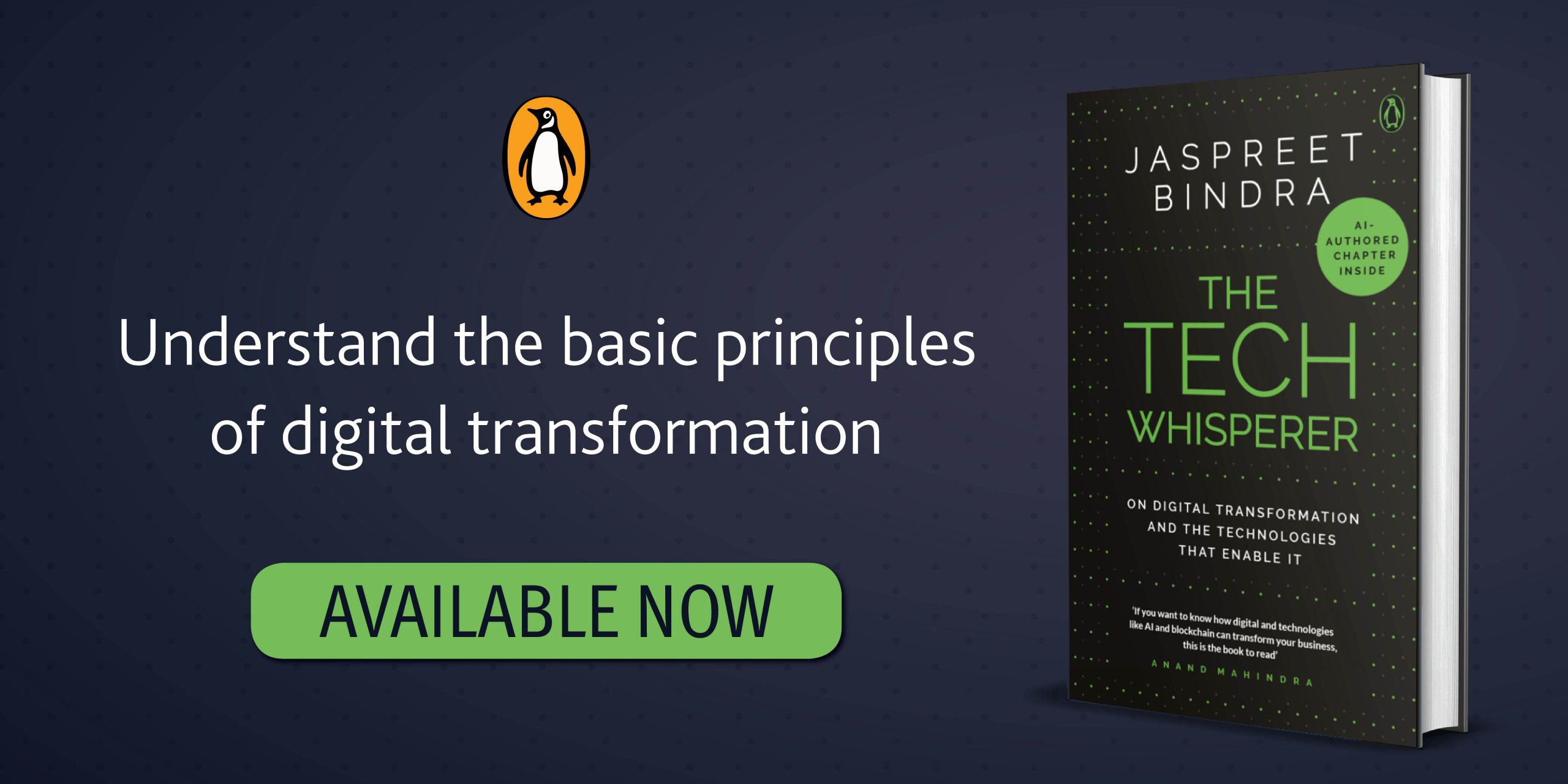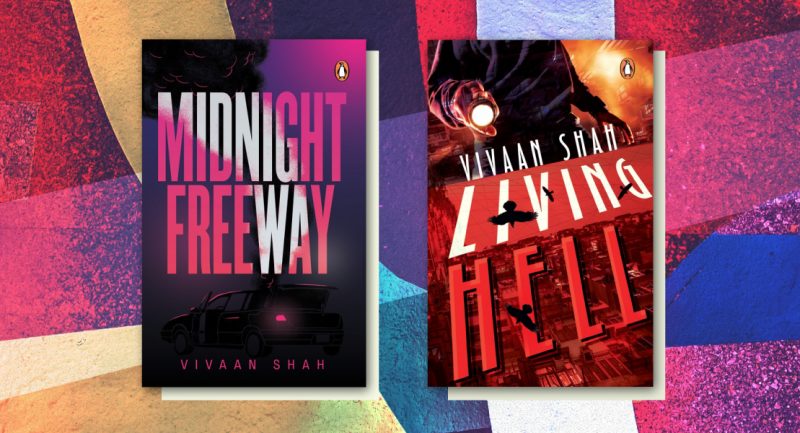
There have been tectonic changes in the world over these past two decades—in customer expectations, environment, regulation, and above all, in technology. Disruptive technologies the likes of which we have not seen or could not anticipate have arrived or are already here. Artificial Intelligence (AI), blockchain, genomics, extended reality, 5G and the Internet of Things (IoT), drones and robots—each of them by itself is an earthquake; combined, they have the power to alter entire landscapes.
The Tech Whisperer, by Jaspreet Bindra, demystifies and simplifies these emerging technologies and narrates how companies can employ these to drive their digital transformation.
Demystifying Blockchain
‘It’s gold for nerds.’ – Stephen Colbert, Comedian
There are two good reasons why I am starting with blockchain. One is that I have received more CEO questions on blockchain than on any other technology over the last couple of years. The second reason is that blockchain transcends being just a mere technology. Somewhat like AI, it is a philosophy—a way to think about the world, a new structure of economic capitalism, a radically different way to live and to do business.
Defining Blockchain as a Universal Ledger
If you were to Google search a definition of blockchain, it will give you around 150 million results. So, that is not going to help. One of the best ways is to visualize it is as a ‘universal ledger in the cloud’… Most of the money in the world does not exist in physical currency form but actually as entries on a ledger. Now, imagine that if instead of these multiple distinct ledgers there was just one shared ledger, so each of the parties had a copy of the ledger. A transaction would be initiated by one of the parties and would only be consummated if every other party would authenticate and ratify the transaction. Only when this consensus was achieved would the transaction happen. This really is the principle of a blockchain.
Who owns a blockchain?
We saw that blockchain is shared among the participants/ nodes, and so the answer is that ALL these nodes own the blockchain. While this is a fine democratic concept, it is easier said than done. Maintaining and managing a blockchain requires a significant amount of money and effort—the cost of the servers, electric power, the management, etc. So, how do we get everyone to maintain it? This is where the genius of Satoshi Nakamoto comes in. Most of us know Satoshi Nakamoto as the inventor or founder of Bitcoin and blockchain. None of us, however, know who he, she or they are—person, people, or alien from Jupiter perhaps.
Satoshi created an incentive system when he created his bankless currency. He basically worked in a coin or a token in the system which would be rewarded to the people or organizations managing the original blockchain. This coin was Bitcoin, and so the ‘people’ who manage the largest blockchain in the world today, the Bitcoin blockchain, are Bitcoin miners—the keepers of the flame. Satoshi also made the Bitcoin finite. He created a total of 21 million Bitcoins only, which are generated between 2008 and 2140; after 2140, no more Bitcoins will be created. Also, the number of Bitcoins created halve approximately every four years. Thus, Bitcoins are finite, akin to other precious metals like gold, ergo Bitcoin is called digital gold.
So what can blockchains be used for?
Thus, blockchain use cases range from money to financial services (remittances, stock exchanges, trade finance), agriculture, education, supply chain, energy, governance, etc. Wherever there are centralized business models, blockchain can help decentralize or distribute that. Think of it as distributed smart grids rather than centralized power, or peer-to-peer (P2P) money than central bank money.
Blockchain in Indian states
Many Indian states, led by Andhra Pradesh, are much more proactive than others in experimenting with and adopting blockchain. Andhra Pradesh is storing farmland records on blockchain and started PoCs for vehicle lifecycle management systems. They are experimenting with education records, and managing tamper-proof online exams and results, among other things.
Grab your copy of The Tech Whisperer to demystify Blockchain along with other disruptive emerging technologies and understand how they can be leveraged for future success.








